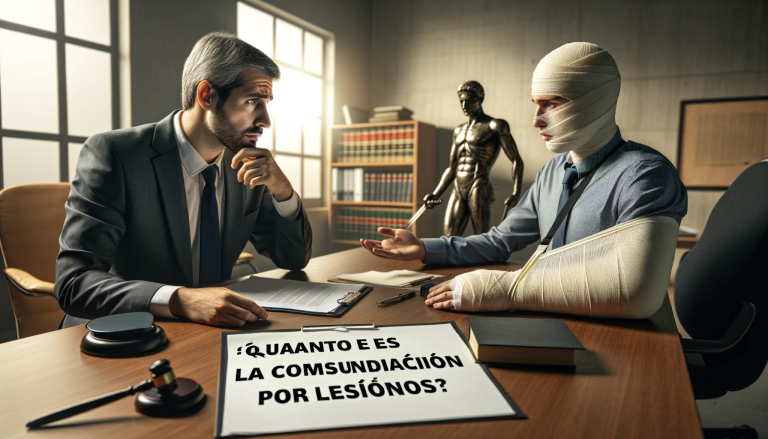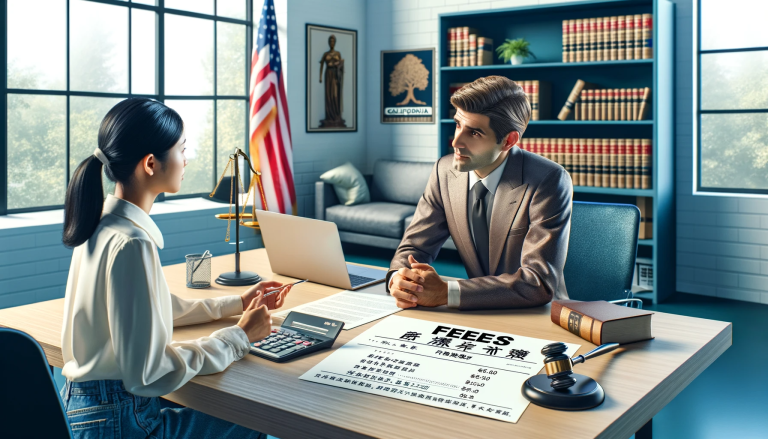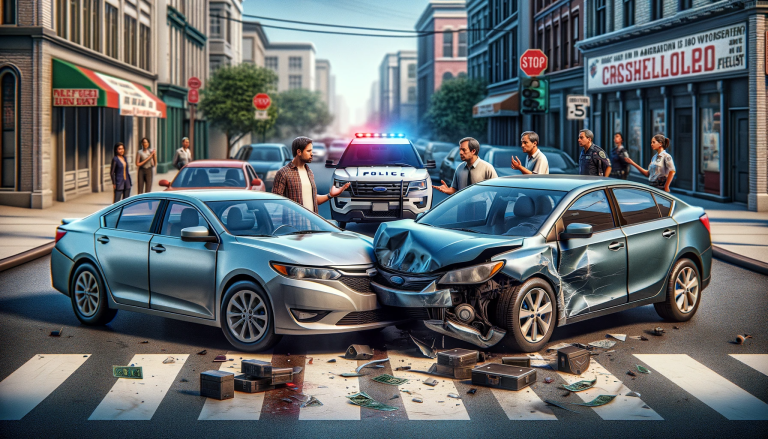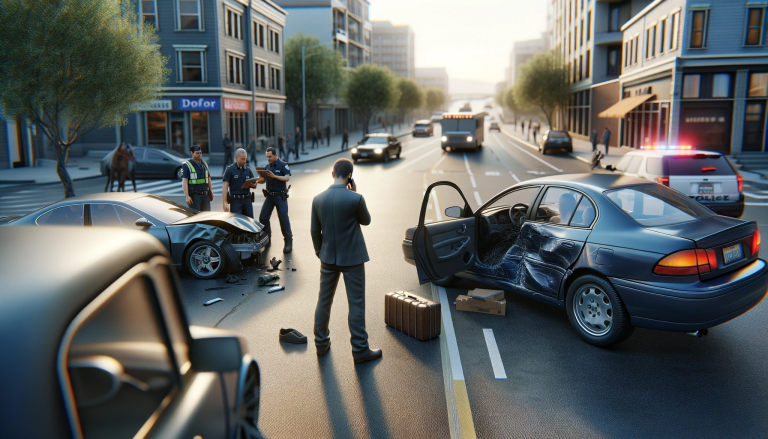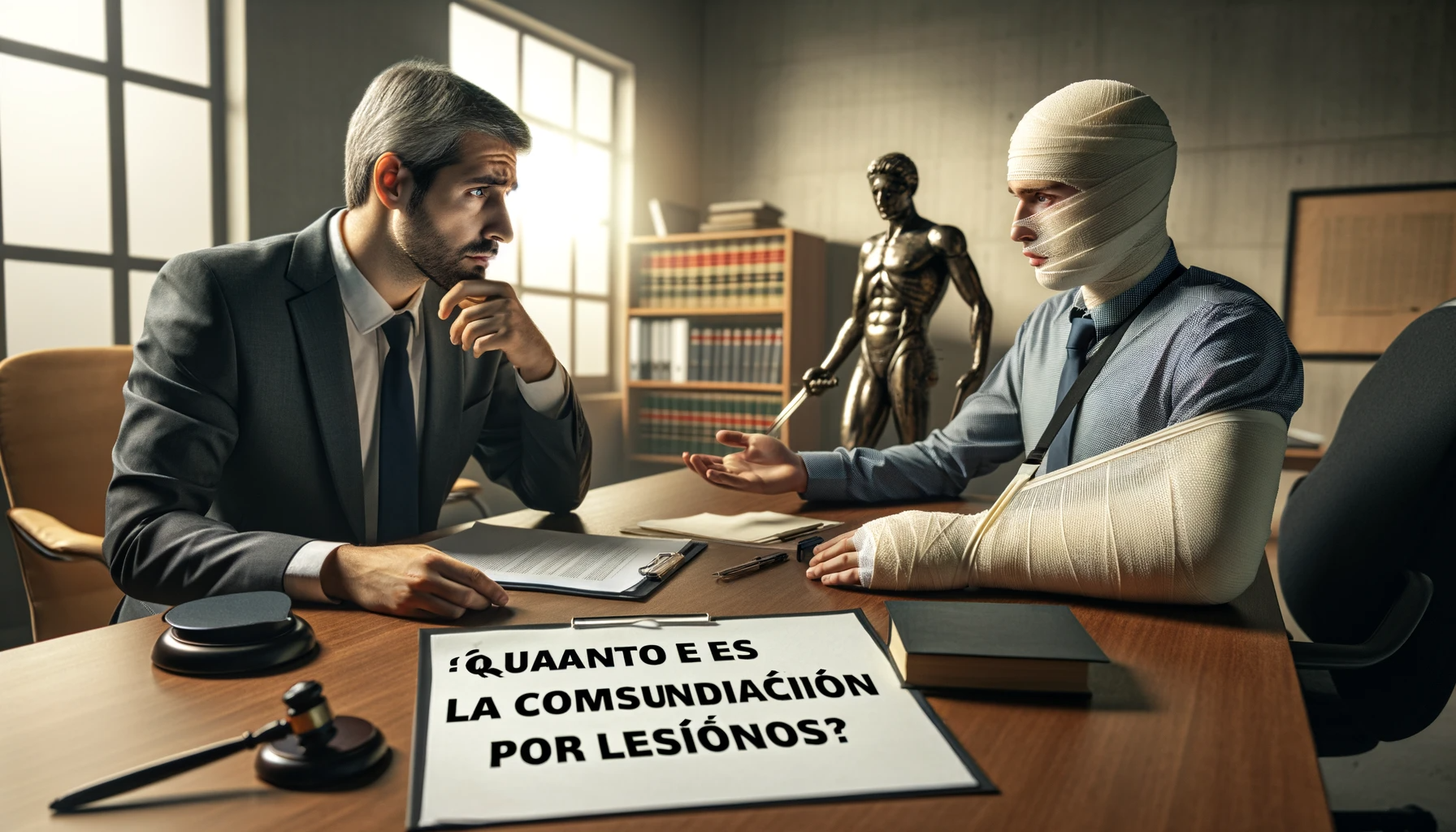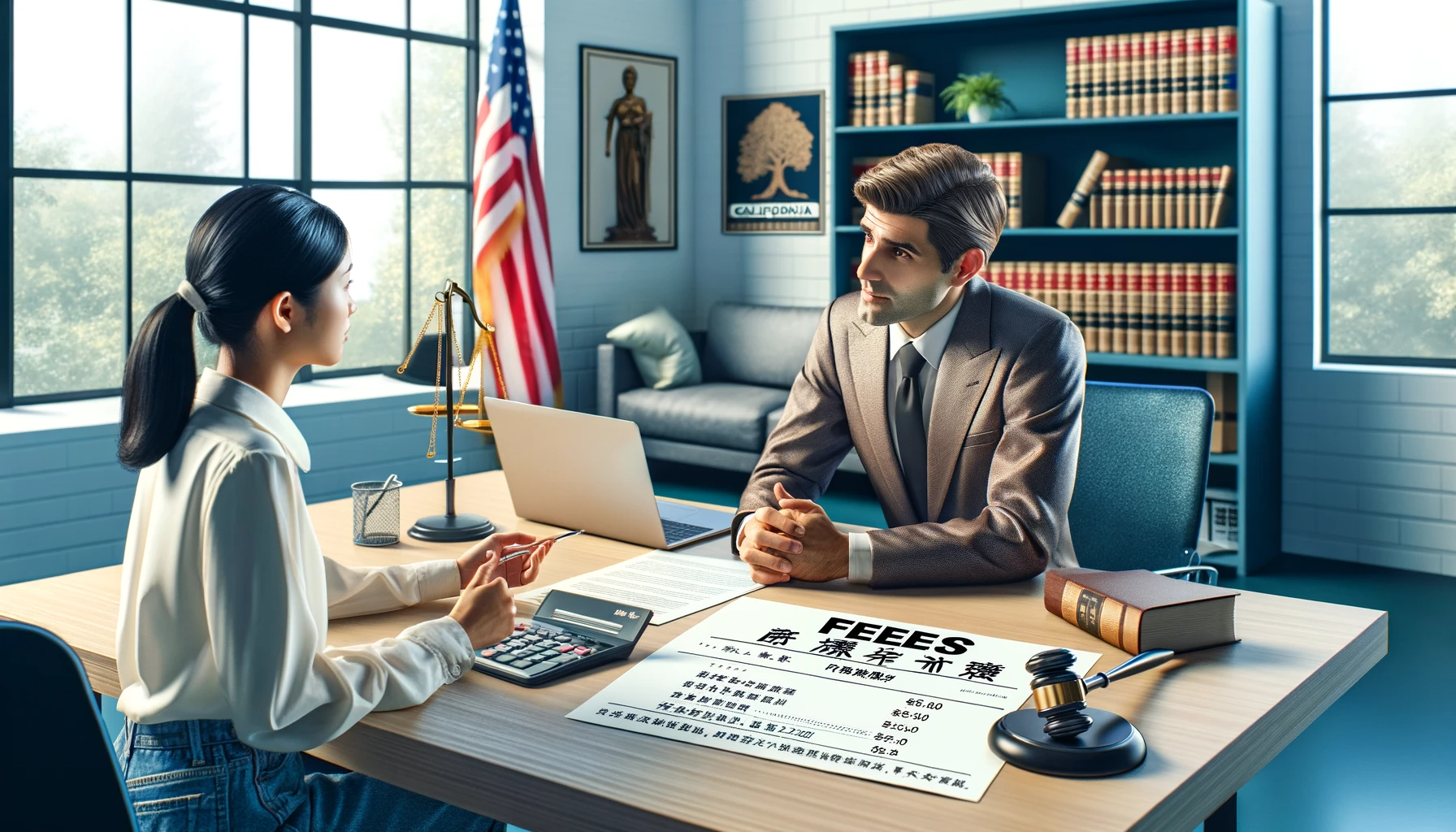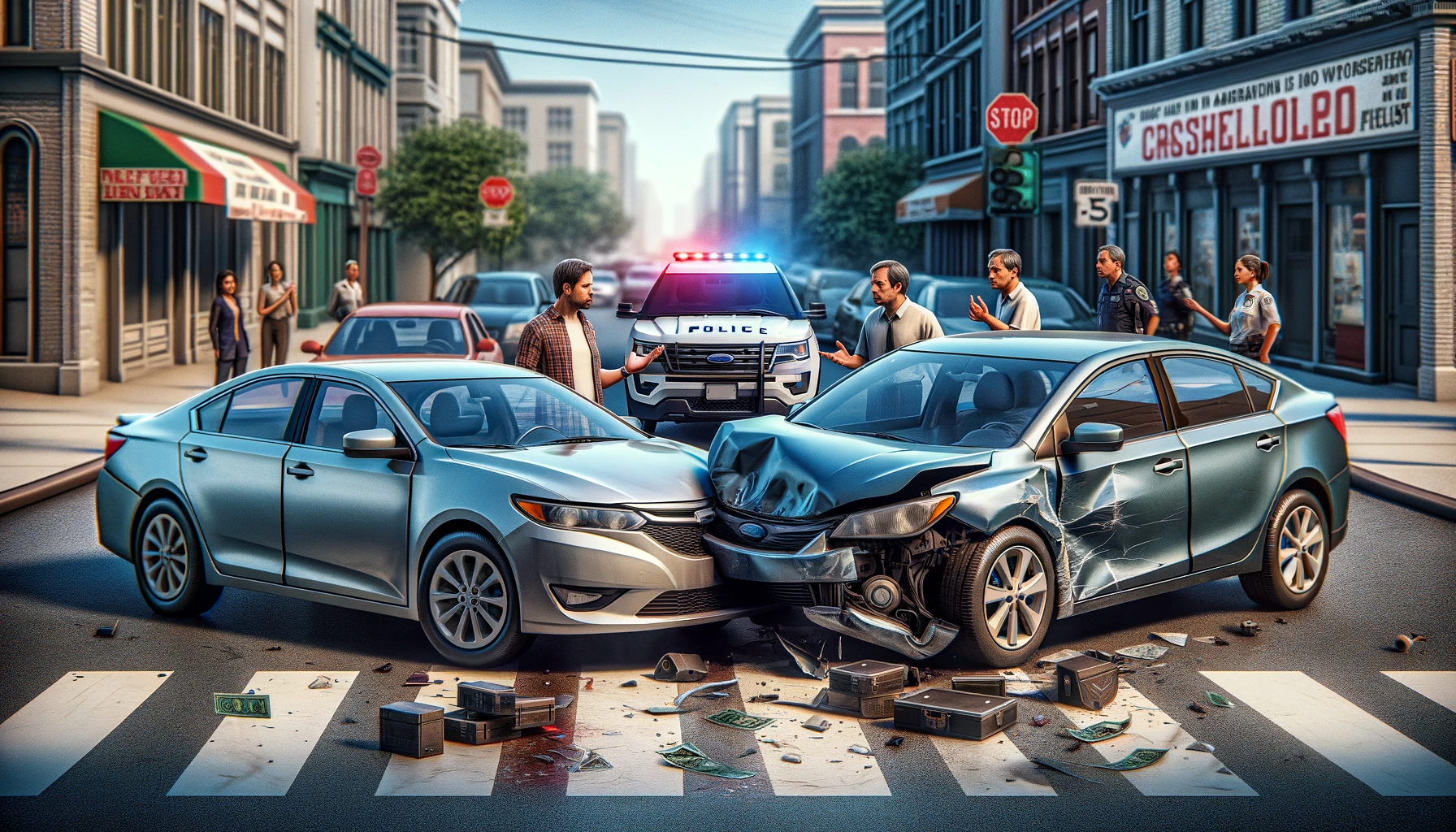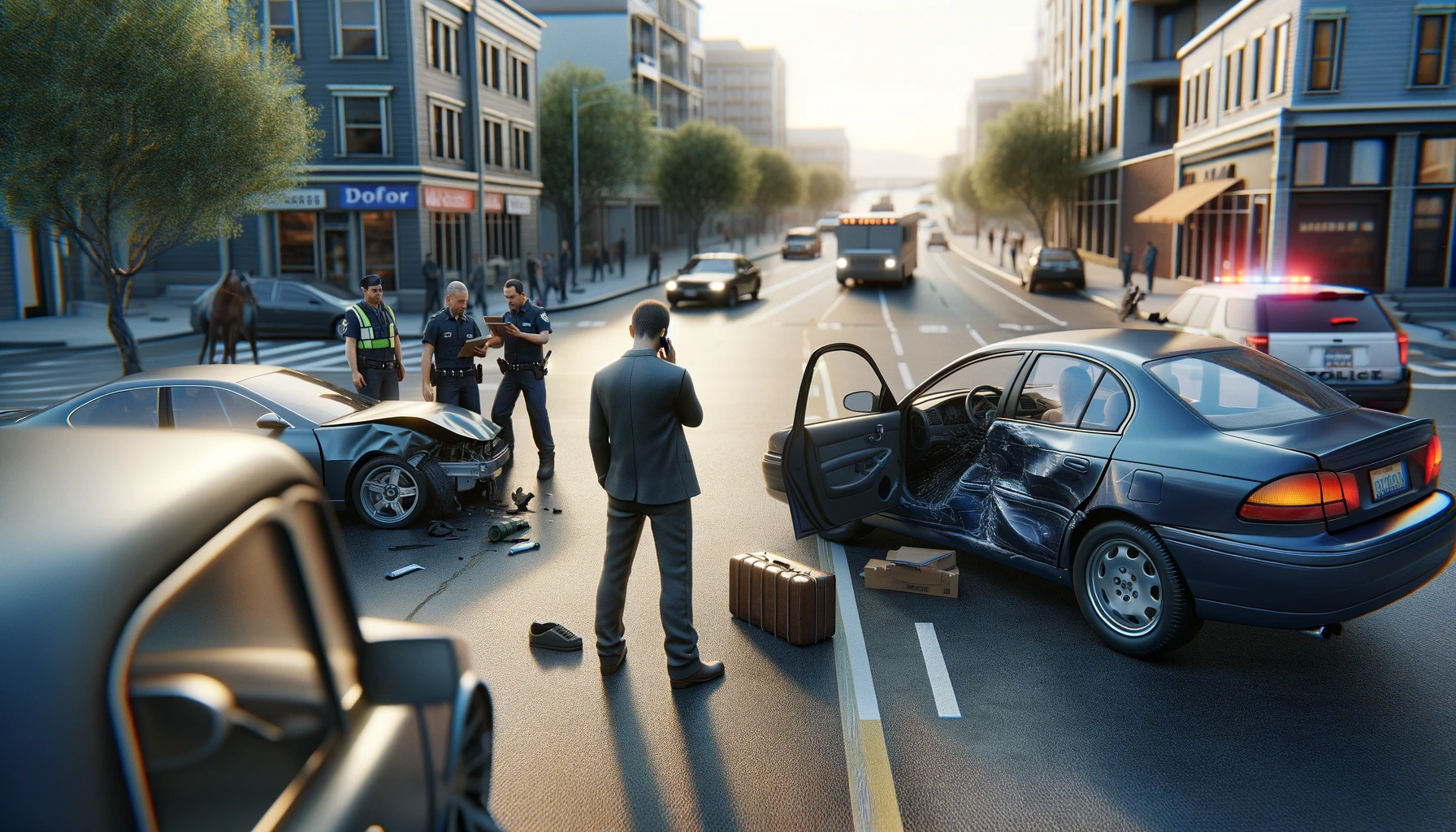Introduction
Road safety goes beyond simply following traffic rules; it’s fundamentally about valuing lives and creating an environment where everyone can travel securely.
Car accidents are a significant global concern, consistently ranking as one of the leading causes of
injury and death. Every time we get behind the wheel, we contribute to the collective responsibility of making roads safer. Understanding why these accidents happen and adopting preventive measures are vital steps toward reducing risks. From individual actions to community awareness, every effort counts in the journey toward safer roads for all.
The Role of Car Accident Lawyers in Road Safety
Car accident lawyers are crucial players in both the aftermath of accidents and the broader conversation around road safety. Beyond representing clients, these professionals actively contribute to public education, often engaging in campaigns and community outreach to raise awareness about accident prevention. They highlight risky behaviors, provide insight into safe driving practices, and offer guidance on legal rights in the event of an accident. When accidents do happen, car accident lawyers help victims navigate complex insurance processes, claim their rightful compensation, and seek justice, especially in cases involving negligence. Their role is both protective and preventive, making them important advocates in the mission to improve road safety.

Understanding Common Causes of Car Accidents
Many factors contribute to car accidents, but recognizing the most common causes can be instrumental in addressing and preventing them. By identifying these hazards and implementing smart strategies, drivers can become more vigilant, significantly decreasing the likelihood of accidents.
Cause #1: Distracted Driving
How Distractions Impact Driving Ability
Distracted driving remains one of the most widespread causes of accidents, often with fatal consequences. Anything that diverts a driver’s attention—such as texting, adjusting the radio, eating, or even interacting with passengers—reduces focus on the road. With distracted driving, crucial seconds of attention can be lost, drastically reducing reaction times and increasing the potential for collisions.
Tips to Stay Focused on the Road
- Turn off notifications – Keep your phone on silent or use “Do Not Disturb” mode to eliminate the urge to check messages while driving.
- Secure a calm environment – If you’re traveling with others, encourage them to keep noise and activities low, especially in high-traffic or fast-paced driving conditions.
- Practice mindful driving – Consciously remind yourself to keep both hands on the wheel and stay focused on the road.
Cause #2: Speeding
The Dangers of Exceeding Speed Limits
Speeding not only increases the likelihood of an accident but also worsens the severity of
injuries and damages when crashes occur. At high speeds, reaction time is significantly reduced, leaving little room to correct mistakes or avoid obstacles. Speed limits are carefully established based on road conditions, traffic patterns, and visibility to provide a safe driving environment.
Simple Ways to Manage Your Speed
- Set cruise control – On long stretches, particularly highways, using cruise control can help you maintain a safe and steady speed.
- Plan extra time – Being rushed often leads to speeding. Allow ample time for travel, especially in areas prone to heavy traffic.
- Use visual cues – Make a habit of periodically checking your speedometer to stay within safe limits.
Cause #3: Drunk Driving
How Alcohol Impairs Judgment and Reaction Times
Driving under the influence of alcohol is exceptionally dangerous due to its effects on coordination, vision, and judgment. Even small amounts of alcohol can impair cognitive and motor functions, making it difficult to respond appropriately to sudden changes on the road. Drunk driving is not only reckless but also illegal, with stringent penalties to deter this hazardous behavior.
Tips to Avoid Drunk Driving Situations
- Pre-arrange transportation – If you plan to drink, arrange for a designated driver or a rideshare service. Knowing you have a safe way to get home reduces the temptation to drive.
- Wait it out – If you’ve had a drink, take time to let your body process it before driving. This simple step can make a significant difference in your awareness and reaction time.
Cause #4: Reckless Driving
Recognizing and Avoiding Reckless Behavior
Reckless driving is a broad category that includes behaviors like tailgating, aggressive lane changes, and failing to follow road signs or signals. These actions not only endanger the reckless driver but also put others on the road at significant risk. Recognizing and avoiding these behaviors helps create a safer driving environment for everyone.
Tip: Avoid confrontation with reckless drivers.
If you encounter a driver displaying aggressive or erratic behavior, it’s best to stay calm and avoid engaging with them. Give them ample space, allowing them to pass if necessary. Confrontation only escalates the risk of an accident.
Cause #5: Running Red Lights and Stop Signs
The Risks of Ignoring Traffic Signals
Ignoring traffic signals by running red lights or failing to stop at stop signs is a dangerous and unfortunately common behavior that often leads to severe, high-speed collisions. These accidents frequently occur at intersections, where side-impact (T-bone) crashes are particularly devastating due to the vulnerable areas of the vehicle being impacted. When a driver speeds through a red light, they often enter an intersection without sufficient time to react to other vehicles, bicyclists, or pedestrians who have the right of way.
Tip: Approach intersections with caution.
Even if you have a green light, always scan the intersection before proceeding to ensure no one is approaching unexpectedly. Defensive driving can save lives, especially in high-risk areas with frequent traffic signal violations.
Cause #6: Weather Conditions
Driving in Rain, Fog, and Snow Safely
Adverse weather conditions—such as rain, fog, and snow—pose significant challenges to drivers, often reducing visibility, traction, and overall vehicle control. Rain and fog can lead to slippery roads, hydroplaning, and reduced reaction times, while snow and ice make it challenging to stop quickly or maintain control around curves. Such conditions make it essential to drive cautiously and adjust speed and following distance to avoid sudden maneuvers that can result in accidents.
Tip: Slow down in adverse weather.
In addition to lowering your speed, increase the following distance and turn on headlights to improve visibility for yourself and others. This can be especially helpful in foggy or rainy conditions where visibility is compromised. Consider using fog lights in severe fog, and always drive with caution, knowing that braking distances can double or even triple in wet or icy conditions.
Cause #7: Driver Fatigue
Why Tired Driving is Dangerous
Driving while fatigued is often compared to driving under the influence because of its effect on reaction time, alertness, and decision-making. Fatigue diminishes a driver’s ability to respond quickly to road changes, react to other drivers, or remain alert to potential hazards. Many fatigue-related accidents occur during long road trips, late at night, or after long hours of work or other strenuous activity.
Tip: Take breaks during long drives.
Plan your journey with scheduled rest stops every couple of hours, and consider rotating drivers when possible. Avoid driving during times when you’d usually be asleep, as your body’s natural circadian rhythm may make it harder to stay alert during these hours. If you find yourself becoming sleepy, don’t rely on caffeine alone—pull over to rest.
Cause #8: Tailgating
Keeping a Safe Distance on the Road
Tailgating, or following another vehicle too closely, is a common but dangerous driving habit that increases the likelihood of rear-end collisions. When you follow too closely, you may not have enough time to react if the vehicle in front suddenly stops. Tailgating is especially risky at higher speeds, where stopping distances are much longer, and in adverse weather when roads are slippery.
Tip: Maintain a three-second rule.
Choose a fixed object on the road, such as a sign or tree, and ensure at least three seconds pass before you reach it after the vehicle ahead of you passes it. In poor weather or high-speed scenarios, increase this following distance to four or five seconds to provide a larger safety buffer.
Cause #9: Improper Lane Changes
Rules for Changing Lanes Safely
Improper lane changes, such as changing lanes without signaling, failing to check blind spots, or weaving in and out of lanes, are frequent contributors to sideswipe and other multi-
car accidents. These behaviors disrupt traffic flow and can catch other drivers off guard, leading to crashes. Safe lane changes are crucial, particularly on busy highways or multilane roads where blind spots are larger.
Tip: Always use turn signals and check blind spots.
Signal your intent to change lanes well in advance, and always perform a visual check of your blind spots by looking over your shoulder before moving. Keep lane changes smooth and predictable to avoid startling other drivers. Avoid cutting off vehicles and changing lanes abruptly, as these actions can lead to road rage or collisions.
Cause #10: Vehicle Malfunctions
Importance of Regular Vehicle Maintenance
Mechanical failures, such as brake malfunctions, tire blowouts, or steering issues, can lead to unexpected and sometimes catastrophic accidents. While drivers can often control their behavior, maintaining control over vehicle functionality is equally important. Regular car maintenance and timely repairs can prevent many of these mechanical issues, ensuring your vehicle remains safe to operate.
Tip: Follow a routine maintenance schedule.
Regularly inspect your tires, brakes, and lights. Routine oil changes and timely replacements of worn parts help prevent sudden failures. Pay attention to dashboard warning lights and address any issues as soon as they arise to avoid accidents due to malfunction.
How Car Accident Lawyers Help with Prevention and Recovery
Car accident lawyers play a key role in supporting victims and promoting road safety measures. Following an accident, they assist victims with filing insurance claims, recovering damages for medical expenses, and securing compensation for lost wages or pain and suffering. Beyond these legal services, many
car accident lawyers advocate for stronger road safety regulations, participate in community education programs, and contribute to public safety campaigns. By emphasizing the consequences of negligence, they help bring awareness to preventive measures and the importance of responsible driving behavior.
Practical Road Safety Tips Everyone Should Follow
Understanding the causes of accidents is only the first step; implementing safe driving practices is equally important for reducing risks. Here are some practical tips for staying safe on the road:
- Wear your seatbelt – Seatbelts are one of the simplest and most effective ways to protect yourself in an accident.
- Respect traffic signals and road markings – Adhering to these signs not only keeps you safe but also helps maintain order on the road.
- Be mindful of other drivers – Pay attention to the behavior of other drivers, anticipate their actions, and adjust accordingly to avoid potentially risky situations.
- Stay alert and avoid distractions – Keep your attention on the road and your hands on the wheel at all times.
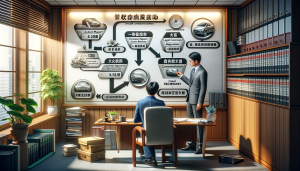
Conclusion
Achieving safer roads requires a shared commitment among drivers, law enforcement, and legal professionals alike. Every individual’s efforts to adopt safe driving habits contribute to this goal, while
car accident lawyers bring essential support and advocacy to both accident prevention and victim recovery. By driving responsibly, practicing patience, and respecting road rules, we can collectively make our roads safer for everyone. Remember, every small precaution—from checking your mirrors to adhering to speed limits—plays a part in reducing accidents and ultimately, in saving lives.
Look for an attorney who has the right legal resources for your legal needs.
Contact us here on the
Warmuth Law website or through our hotline 888-517-9888.
Frequently Asked Questions (FAQ's)
1. What should I do immediately after a car accident?
After ensuring safety, call emergency services, document the scene, and exchange information with other parties involved.
2. Can a car accident lawyer help me if the accident wasn’t my fault?
Yes, a
car accident lawyer can assist in proving fault and securing compensation for damages if another driver was responsible.
3. How can I prevent accidents while driving?
Avoid distractions, adhere to speed limits, and stay cautious in adverse weather to reduce accident risks.
4. What are the benefits of hiring a car accident lawyer?
Lawyers can help navigate legal complexities, handle insurance claims, and ensure fair compensation for your losses.
5. How often should I service my vehicle to prevent malfunctions?
Regular servicing every 6,000 miles or as recommended by your car manufacturer helps prevent mechanical issues.




